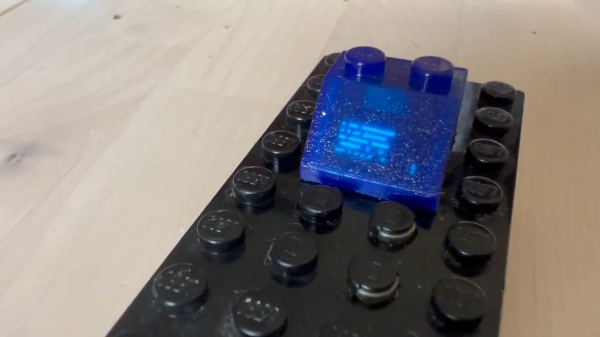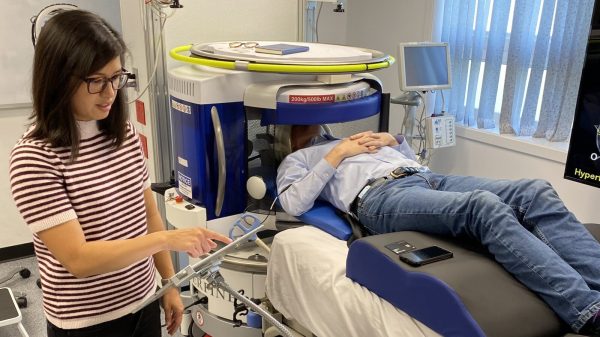Ever since the invention of the microscope, humanity has gained access to the world of the incredibly small. Scientists discovered that creatures never known to exist before are alive in an uncountable number in spaces as small as the head of a pin. But the microscope unlocked some interesting forms of art as well. Not only could people view and photograph small objects with them, but in the mid-nineteenth century, various artists and scientists used them to shrink photographs themselves down into the world of the microscopic. This article goes into depth on how one man from this era invented the art form known as microphotography.
Compared to photomicroscopy, which uses a microscope or other similar optical device to take normal-sized photographs of incredibly small things, microphotography takes the reverse approach of taking pictures of normal-sized things and shrinking them down to small sizes. [John Benjamin Dancer] was the inventor of this method, which used optics to shrink an image to a small size. The pictures were developed onto photosensitive media just like normal-sized photographs. Not only were these unique pieces of art, which developed — no pun intended — into a large fad, but they also had plenty of other uses as well. For example, since the photographs weren’t at all obvious without a microscope, they found plenty of uses in espionage and erotica.
Although the uses for microphotography have declined in today’s digital world, there are still plenty of unique pieces of art around with these minuscule photographs, as well as a bustling collector culture around preserving some of the antique and historical microphotographs from before the turn of the century. There is also similar technology, like microfilm and microfiche, that were generally used to preserve data instead of creating art, although plenty of these are being converted to digital information storage now.














